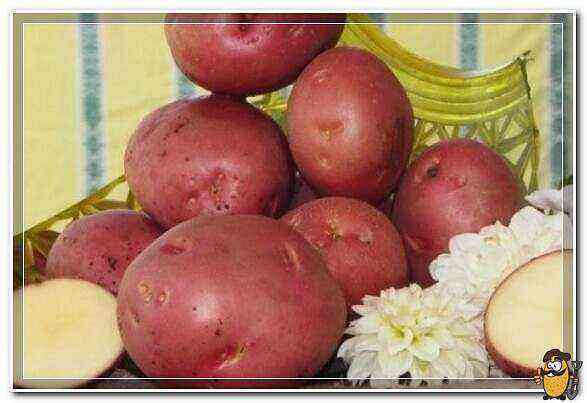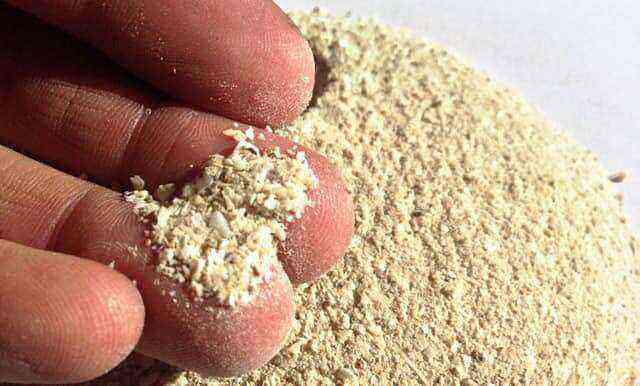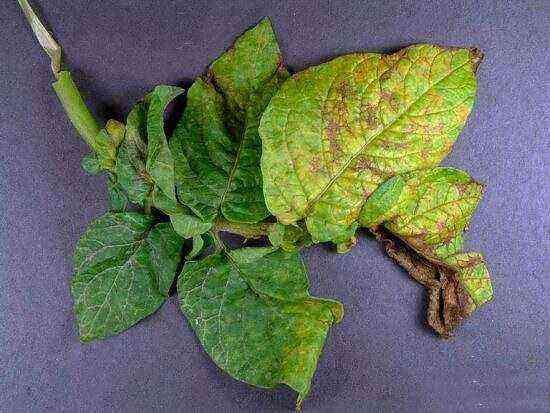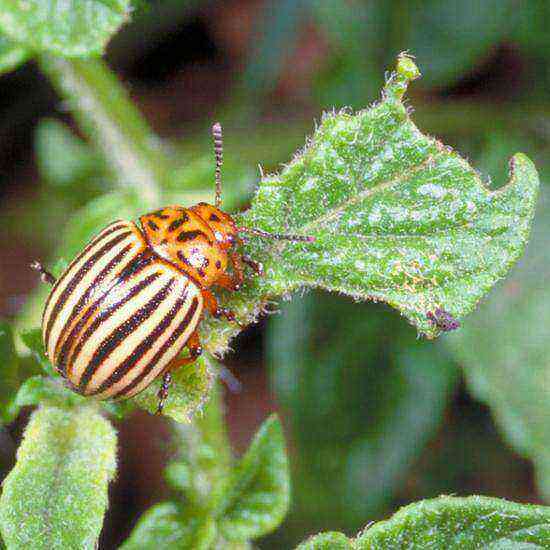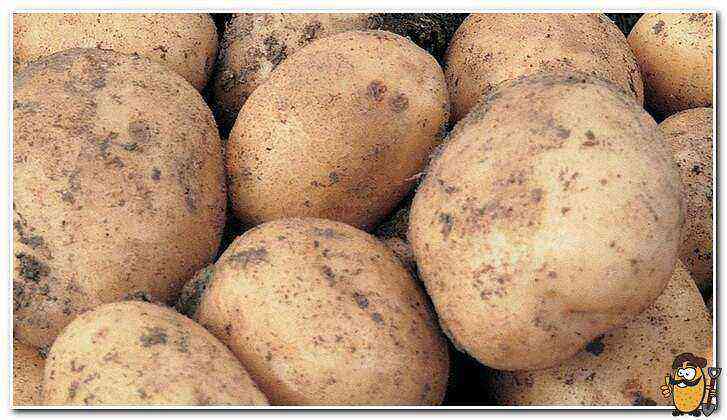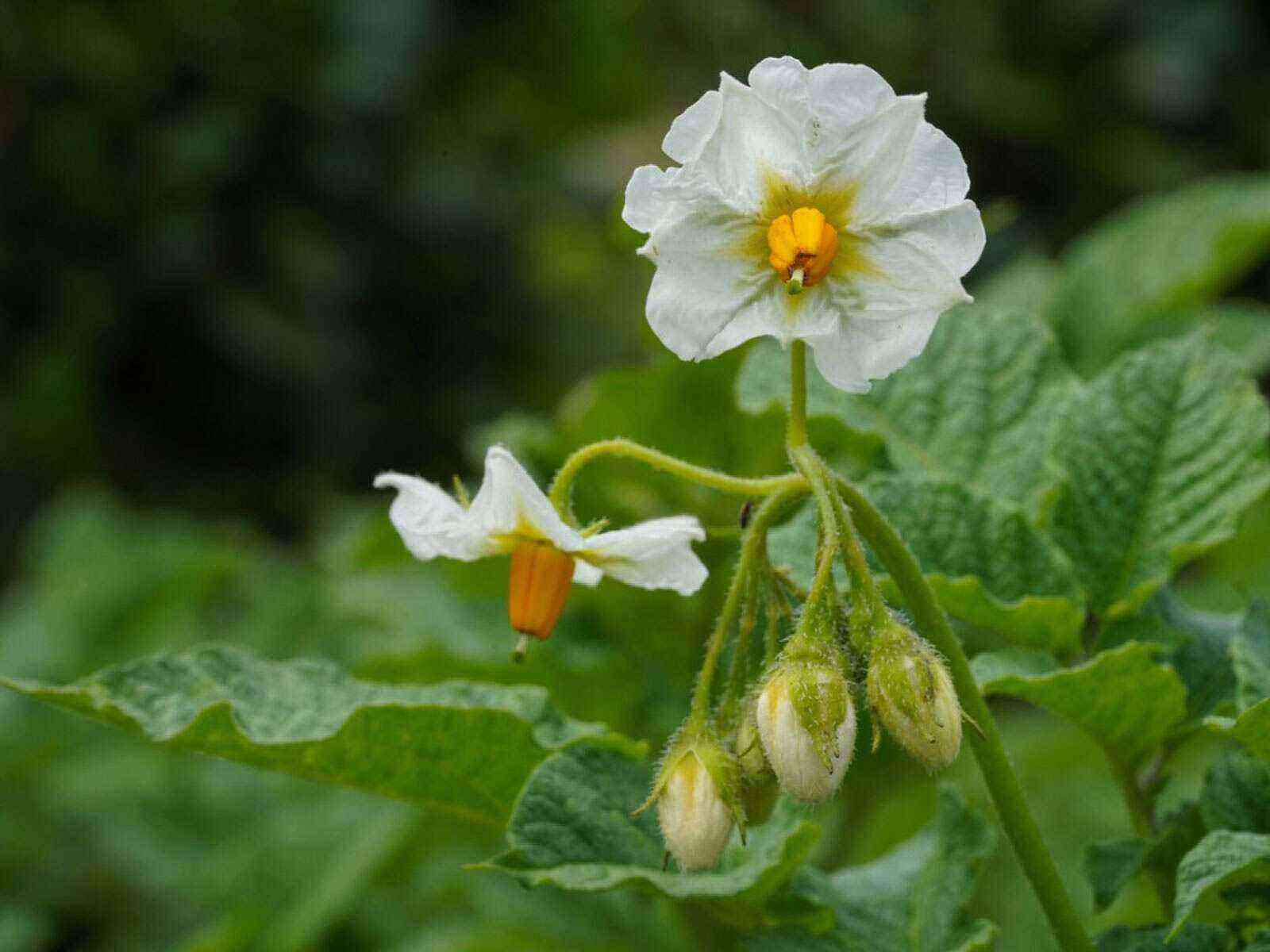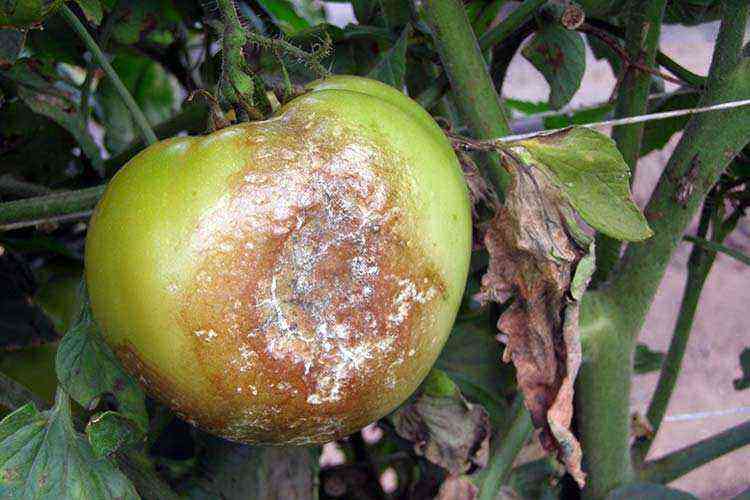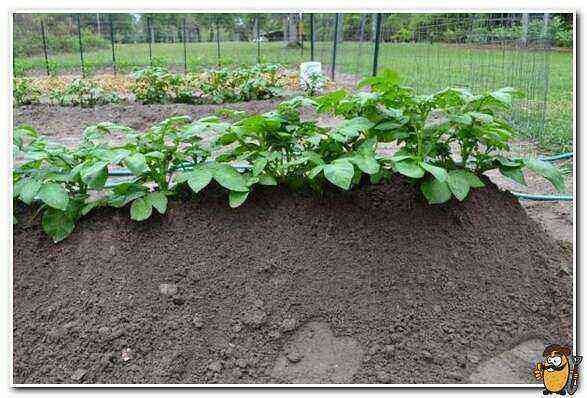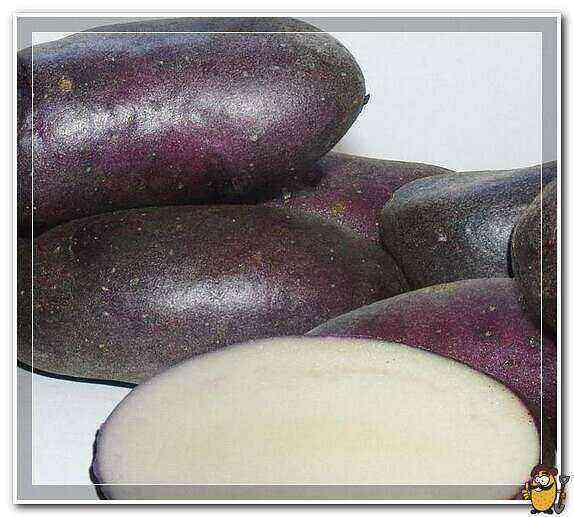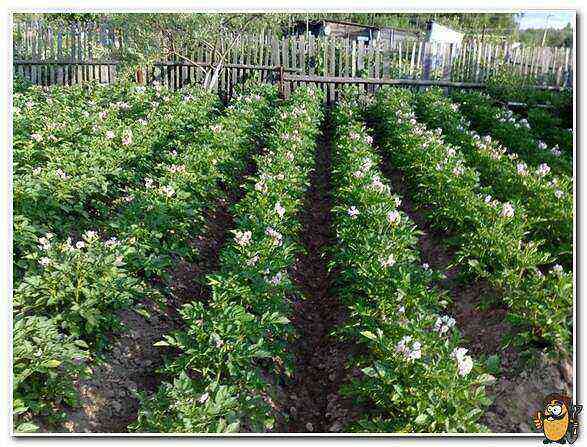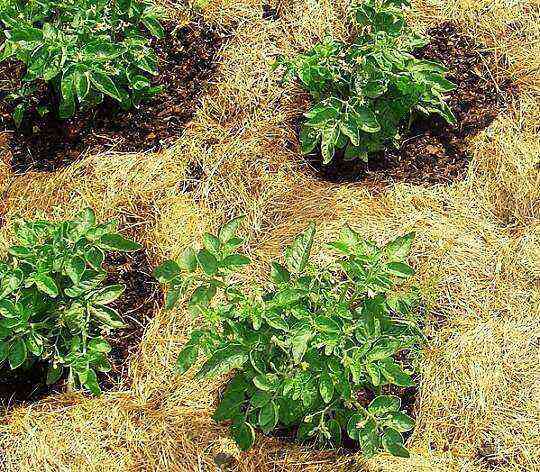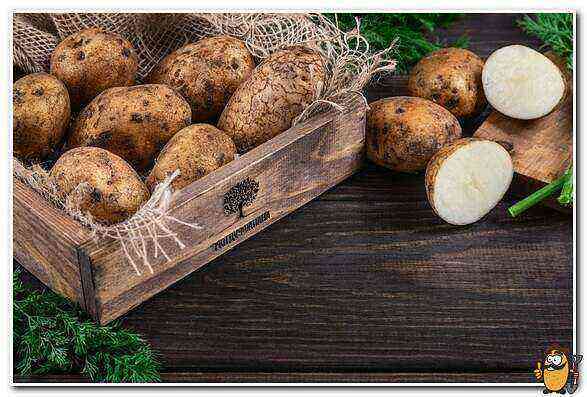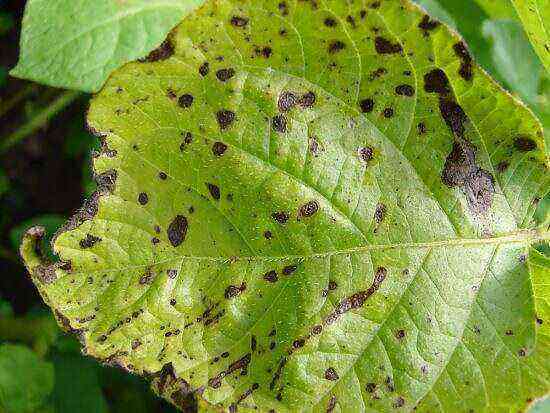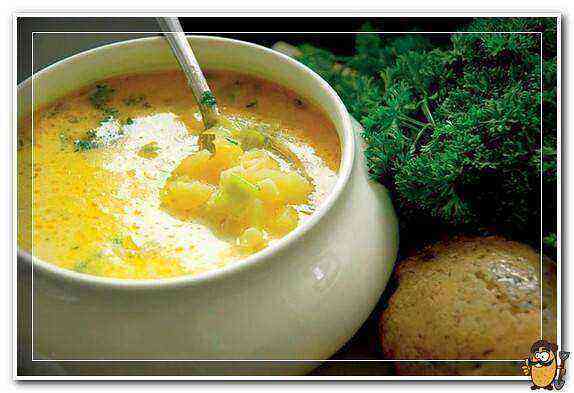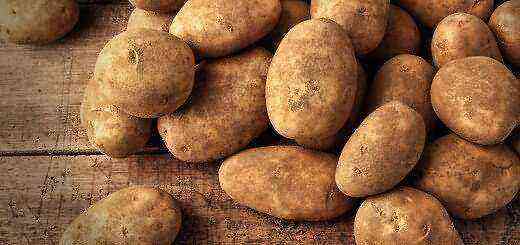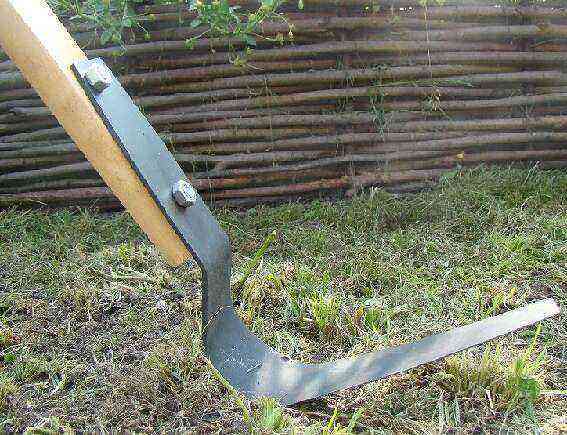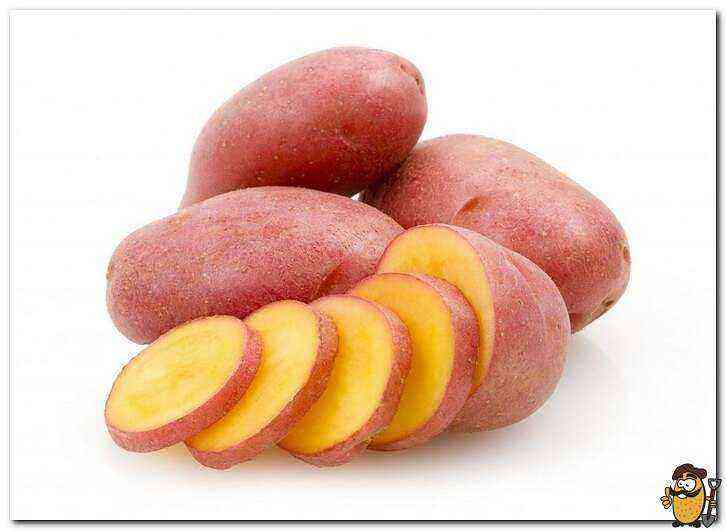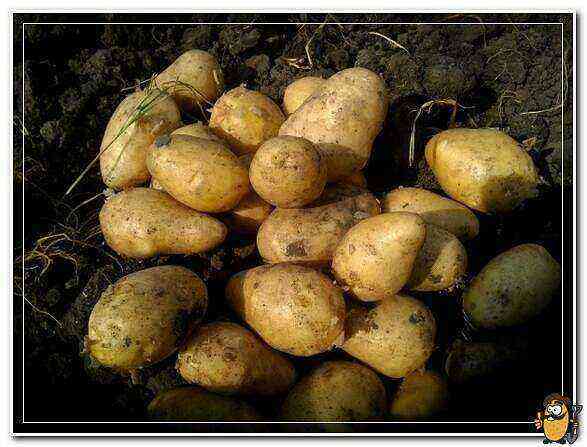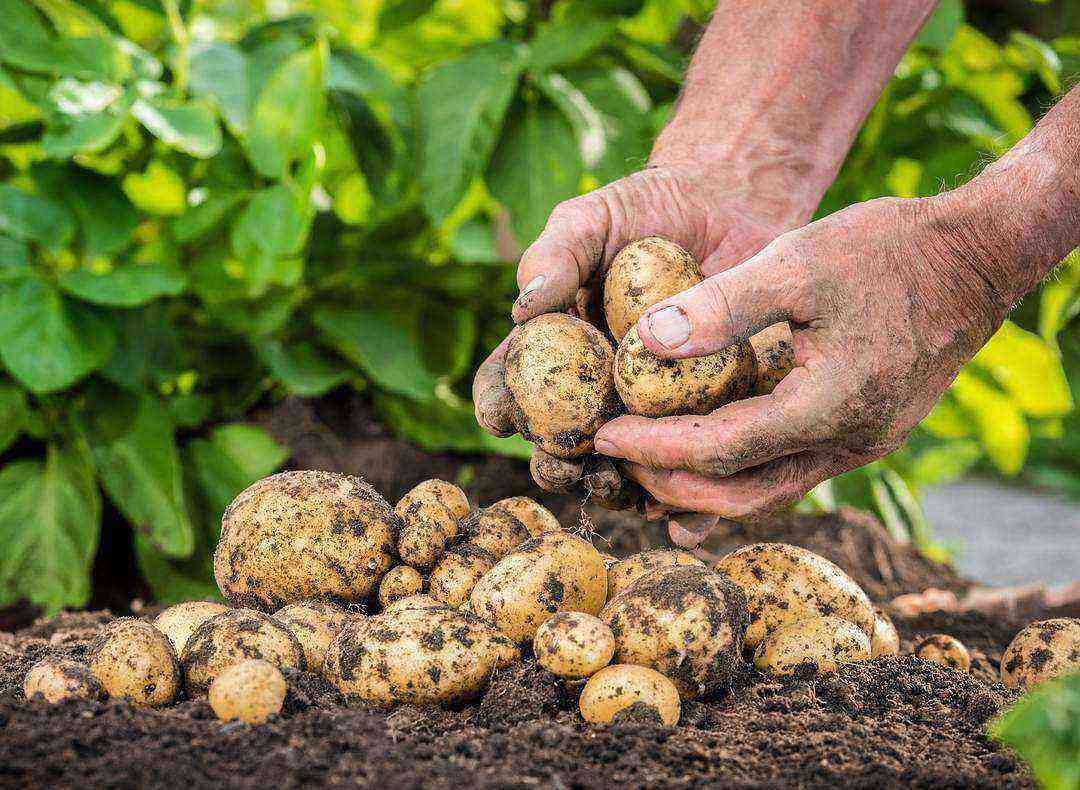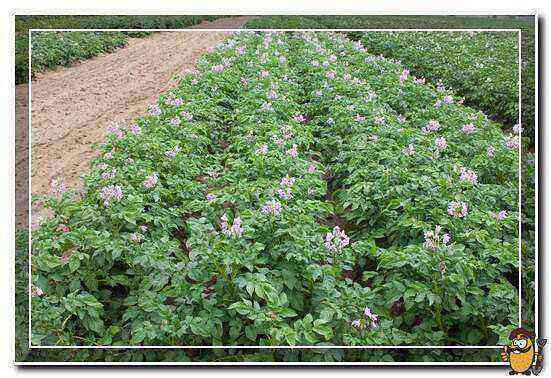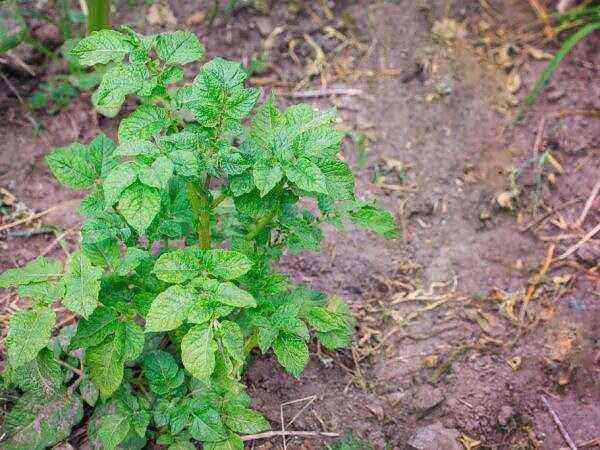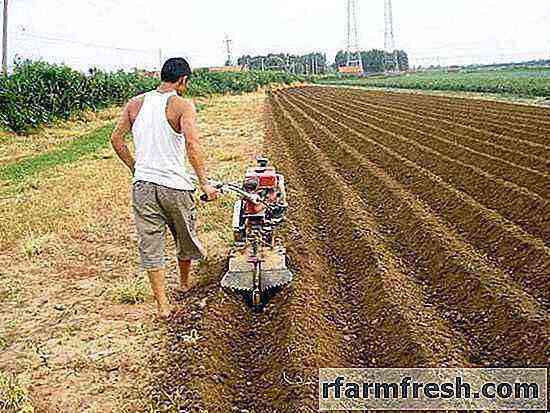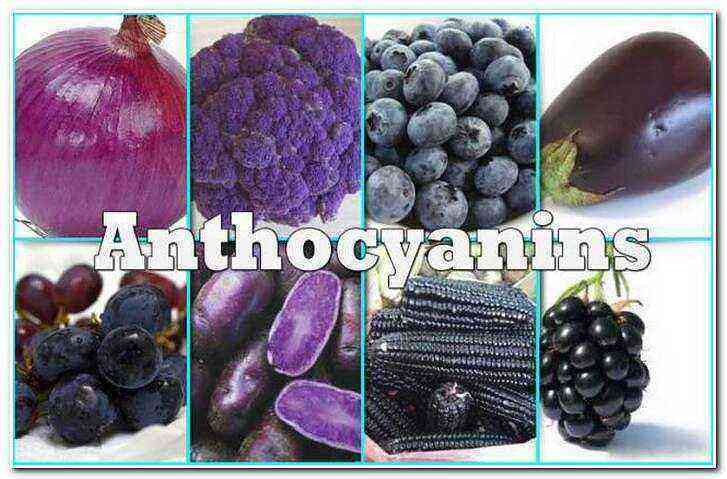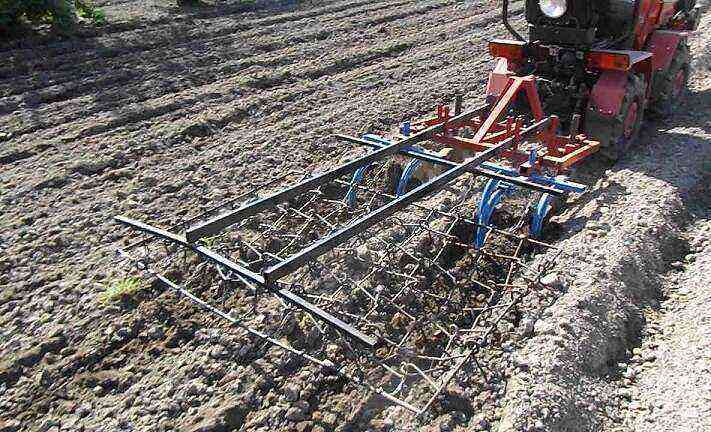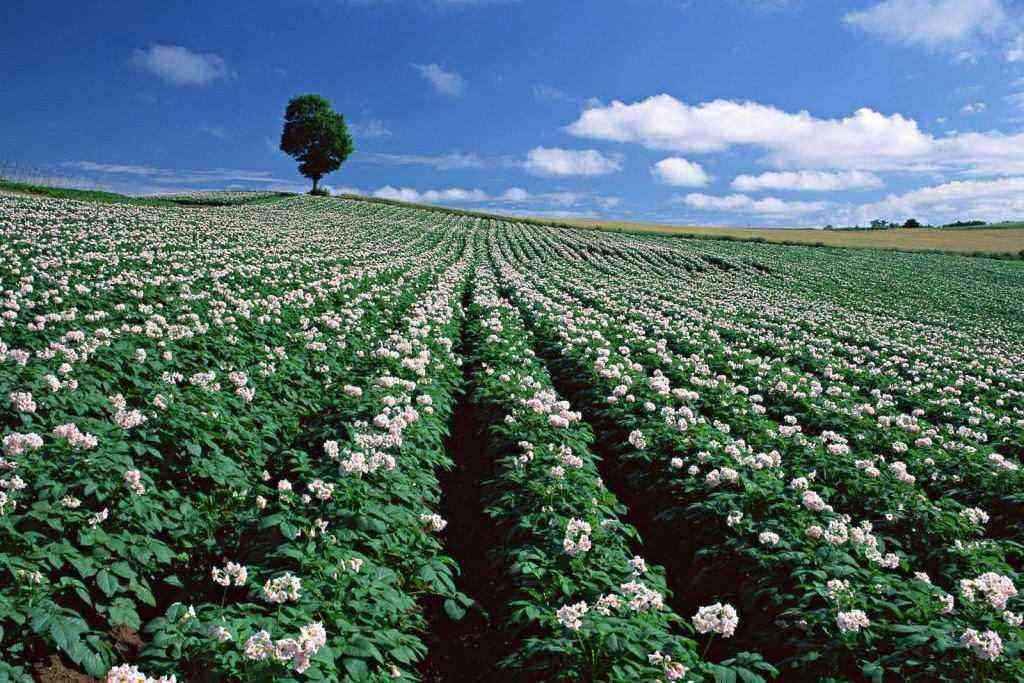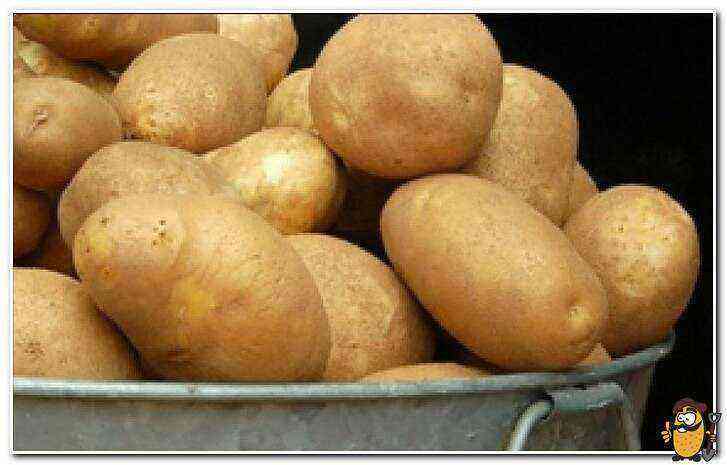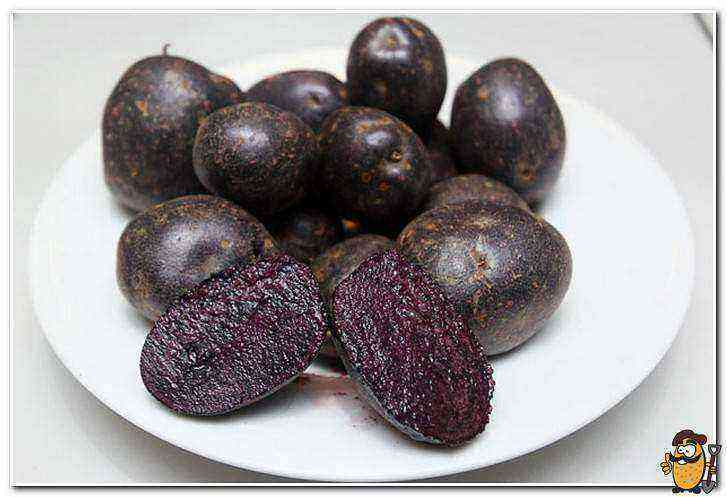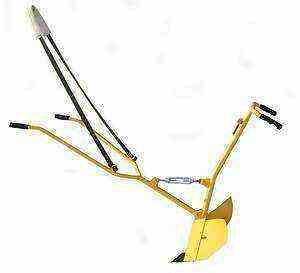Traditionally, it is believed that organic matter for feeding potatoes is much better than mineral fertilizers. The problem is that plants don’t actually know how to assimilate organic matter. In order for the useful elements vital for potatoes to be released from manure or compost, soil bacteria and worms must work properly. It is they who improve the structure of the soil and transform complex organic compounds into easily digestible for plants.
But during the fight against parasites and diseases, useful soil microflora also perishes. Not every site can boast of a multitude of useful underground inhabitants, especially if gardeners use some kind of pesticide like Roundup.
In addition, potatoes planted on 1 m² annually take up to 20 g of nitrogen, 6 g of magnesium, 45 g of potassium oxide, several grams of phosphorus, boron, and selenium from the soil. Weeds grown on the same plot and sent by the owner to the compost heap are not able to compensate for these losses. It is not known whether the necessary substances are contained in the manure of a cow grazing in a neighboring meadow. So it turns out that organic matter is a thing in itself, theoretically useful, but its exact composition is difficult to determine.
Meanwhile, it has been proven that:
- most of the agricultural land is poor in selenium;
- potatoes grown on loam often suffer from a lack of nitrogen and phosphorus;
- in sandy and sandy loam soils, there is enough phosphorus, but little nitrogen;
- fertile chernozems are poor in phosphorus.
The introduction of mineral fertilizers for potatoes into the soil is an opportunity to feed the plant with exactly those elements that it needs most. Moreover, potatoes more easily and faster assimilate nutrients from mineral fertilizers than from organic ones.
How to determine if potatoes lack nutrients
There are a number of signs by which it is easy to establish what a potato needs:
- undersized stems with pale, underdeveloped leaves – a sign of a lack of nitrogen;
- poor flowering (if this variety is usually abundant), the leaves are dark green, but small – a consequence of a lack of phosphorus;
- yellowing of young leaves along the edges, followed by curling and acquiring a bronze tint, indicates a lack of potassium;
- yellowing of the tops of the shoots – lack of iron;
- dark brown spots on the upper leaves are a sign of a lack of calcium and magnesium;
- sharp and premature yellowing of the lower leaves for no apparent reason – evidence of a lack of phosphorus, nitrogen, magnesium or sulfur;
- drying out of the growing point, fragility of the stems, the appearance of weak lateral shoots – a sign of boric starvation.
All of the listed flaws of the tops also affect the tubers: they cannot develop normally if the process of photosynthesis is disrupted. But too much nitrogen is harmful to tubers. If you add too much of it, the tops will grow tall and strong, but the potatoes will not develop under the bushes. In the fall, the gardener will pick potatoes slightly larger than peas.
In order for the tubers to grow large and tasty, the main thing is to observe the dosage
Therefore, it is important to apply a reasonable amount of mineral fertilizers recommended by agronomists for potatoes. Only with balanced feeding can you achieve high yields.
Types of mineral fertilizers
Mineral fertilizers for potatoes are conventionally divided into several groups:
- nitrogen, phosphorus, potash fertilizers containing one macroelement;
- complex, which includes a set of 3 main macronutrients: nitrogen, phosphorus and potassium (NPK);
- micronutrient fertilizers, which include trace elements (boron, potassium, calcium, iron, manganese.
- Complex mineral fertilizers (for example, nitrophoska, nitroammofoska) are convenient because they already combine the basic substances necessary for plants.
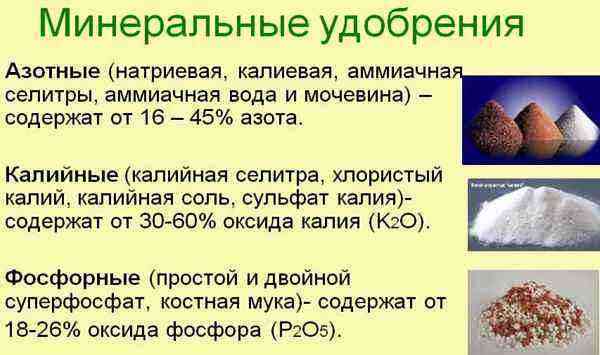
Terms of application of mineral fertilizers
According to the timing of fertilization, it can be conditionally divided into 3 groups:
- spring;
- autumn;
- those that are allowed to be applied both in spring and autumn.
In the spring, fertilizers are applied under the potatoes, which quickly decompose in the soil, forming compounds that are easily digestible for potatoes. This group includes:
- nitrofosca;
- ammonium nitrate;
- ammonium sulfate.
- In autumn, it is better to apply under potatoes:
- phosphorus fertilizers, since they are not washed out of the soil for a long time;
- potassium chloride. Chlorine slows down the development of potatoes, and by spring this substance is neutralized;
- nitroammofosku – it takes longer to decompose in the soil.
In autumn and spring it is allowed to make:
- urea;
- potassium sulfate;
- potassium magnesium sulfate (potassium magnesium).
In the fall, it is more convenient to apply mineral fertilizers under the potatoes, as it saves time in the spring. But if the soil is sandy or sandy loam, useful substances will wash out the melt water. It is better for owners of such plots to fertilize the soil just before planting potatoes. Then phosphorus fertilizers are also applied exclusively in the spring.
Mineral dressing during the vernalization of potatoes
If, during germination, the planting material is sprayed with mineral fertilizers, the tubers will be stronger and more easily endure the whims of the weather in May.
Spraying solutions:
- before laying in boxes for germination, the tubers are sprayed with a solution of copper sulfate (1 teaspoon per 3 liters of water);
- after 7-10 days – a solution of 1 teaspoon of nitrophoska in 3 liters of water;
- after 7-10 days – 0,1% boric acid solution (for 20 kg – 1 liter of solution).
So, during the period of vernalization, tubers receive the main nutrients: copper as a fungicide, boron, nitrogen, phosphorus and potassium.
If no spraying has been carried out, then a “vitamin cocktail” is prepared before planting, which at first will protect the potatoes from mold and parasitic insects:
- superphosphate – 60 g;
- urea – 40 g;
- potassium permanganate – 1 g;
- copper sulfate – 5 g;
- boric acid – 10 g;
- water – 10 l.
Spring fertilization of potatoes
Fertilization options for a potato field during spring fall plowing (per 1 hundred square meters):
- 2-3 kg of nitrophosphate;
- 1,5-2 kg of ammonium nitrate, 1,5-2 kg of potassium sulfate;
- 2-3 kg of nitrophosphate, 1,5-2 kg of ammonium nitrate, 1,5-2 kg of potassium sulfate;
- 3-4 kg of superphosphate, 1,5-2 kg of ammonium nitrate, 1,5-2 kg of potassium sulfate (if the soil is light and phosphorus fertilizers were not applied in autumn).
To save fertilizers, they can be poured onto the beds, next to the holes or directly in them. Then the doses of fertilizers are reduced, for example, 5–6 g of nitrophosphate is needed for each well.
Mineral dressing of potatoes
When carrying out dressings, it is useful to combine organic matter and mineral fertilizers. It is allowed to dissolve them in nettle infusion, add a little manure or chicken droppings.
Root dressing options:
- for 10 liters of water – 1 tablespoon of urea, the rate for one plant is 0,5 liters;
- 20 g of ammonium nitrate per 10 liters of water;
- pour 7-10 g of nitrophosphate and embed it in the soil at a distance of 5-6 cm from each potato bush.
Options for foliar mineral dressing of potatoes:
- for 10 liters of water – 10-15 g of nitroammophoska;
- 10 liters of water – 5 g of boric acid.
Autumn fertilization of potatoes
In autumn, for plowing, you can make (based on 1 hundred square meters):
- up to 3 kg of nitroammophos;
- up to 2 kg of potassium sulfate or potassium chloride;
- up to 2 kg of simple superphosphate;
- up to 2 kg of urea.
With the addition of organic matter, the rates of nitrogen fertilizers are reduced.
